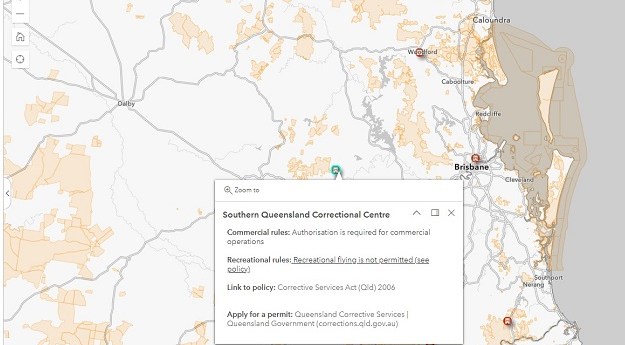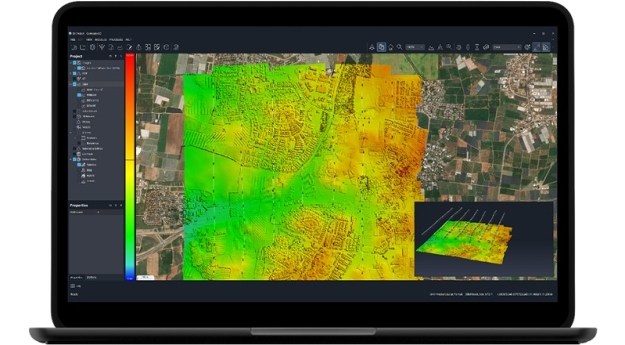
This ‘interferogram’ shows Petermann Glacier grinding towards the sea along the northwestern coast of Greenland. Copyright ESA/MDA.
Sentinel-1A, Europe’s first satellite for the Copernicus Earth observation programme is almost ready for its launch on 3 April, and ESA is showing how its advanced radar will be used to map ice, monitor subsidence, and more.
As Sentinel-1A will use advanced radar, it will be able to scan the Earth’s surface regardless of the overlying weather or time of day.
In crisis situations, it will be used for rapid response to disasters such as floods and earthquakes. Its radar will routinely monitor shipping zones, map sea ice, and provide information on winds and waves for marine traffic, track changes in the way land is being used, and monitor subsidence.
It will also track how glaciers move, as shown in the image above of Petermann Glacier in northwest Greenland.
So that users are fully prepared for the images that Sentinel-1A will deliver, Canada’s Radarsat-2 was recently programmed by MacDonald, Dettweiler & Associates to scan Earth’s surface using the same ‘interferometric’ wide-swath mode technique as Sentinel-1. Consequently, a suite of images was acquired over various sites.
As the most realistic Sentinel-1-like images to date, they show the performance and suitability of the new mission for classifying different types of sea ice, detecting ships and monitoring oil platforms.
A video demonstrating how the satellite will monitor ice is available on the ESA website.
The image of Petermann Glacier was derived from two images taken 24 days apart. It shows some stationary and slowly moving features, as well as some large areas of much faster-moving ice. The pattern’s fringes are widely spaced in the stationary areas and closer together in the centre of the glacier where the ice is moving much faster.
The data available through ESA’s Earth observation campaign data website is helping to pave the way for users to get the most out of the upcoming mission.
The Sentinel-1 mission comprises two identical satellites for optimal global coverage and data delivery. Sentinel-1B will join Sentinel-1A in orbit in 2015.












